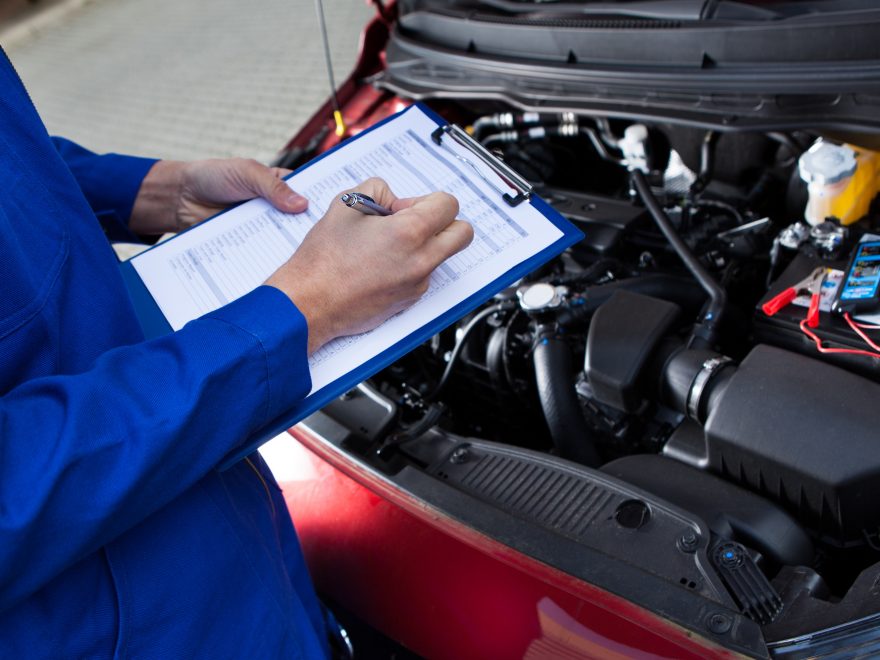Did you know that the average national repair costs for a car (in the USA) is $356.04 per year? That’s quite a lot of money!
So, if you want to cut down on your annual expenses, you should take note of our vehicle maintenance tips.
So without further ado, let’s dive on in.
1. Tire Pressure
You should get into the habit of regularly checking your car’s tire pressure. This is useful for several reasons;
- Underinflated tires negatively impact fuel consumption.
- Underinflated tires have an adverse effect on general road handling
- Overinflated tires will lessen the grip a vehicle needs to perform an emergency stop.
To check your tire pressure, you should implement the below advice:
- Check tires when they’re cold (the car should be stationary for at least a couple of hours).
- Find out what your recommended tire pressure is (you can usually find this on a sticker behind the gas cap door or listed in your vehicle manual).
- Ensure you use the same gauge every time you check your tire pressure to make sure your readings are consistent.
- If one of the tires has an unusually low pressure then look at the tread- there could be something that’s pierced the tire (like a nail, or a piece of glass, etc.).
Always manually check the tire pressure (even if the car’s equipped with a tire pressure monitoring system). These systems only tend to warn you when the damage is already done.
2. Visually Inspect Your Tires
Always visually inspect your tires, as part of your regular checks. Especially, look for the following;
- Is the tread worn on one side more than the other?
- Are there any unusual cuts or bubbles on the tire?
- Are there any dents on the outer rim of the tire?
You’ll be thankful you spotted these problems before you get a flat.
3. Engine and Transmission Oil Level
To check the engine and transmission oil level ensure the vehicle’s parked on a flat surface. Then follow the below steps:
- Run the engine for approximately ten seconds.
- Stop the engine.
- Take the engine oil dipstick and clean it.
- Then, put it back and take a reading.
- Now, pull it back out and take a look at your oil levels.
Ideally, the level should be near the ‘full’ mark. If it’s not full add some engine oil. Then, monitor the oil level for a few weeks to ensure the issue doesn’t persist.
Did You Enjoy This Blog Post on Vehicle Maintenance?
If you liked this article on vehicle maintenance, we’re confident you’ll love the other features published on our blog. Over there we discuss everything from car upholstery repair to fixing car dents. Enjoy!

